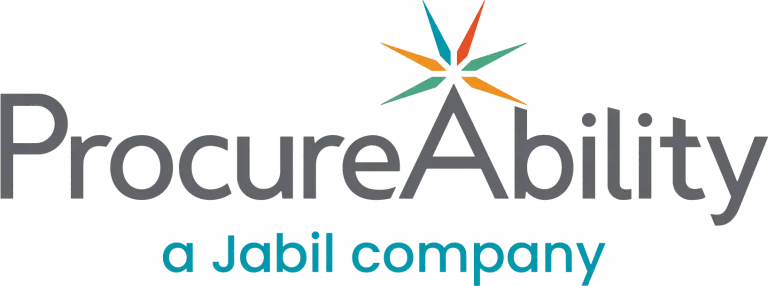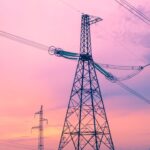The utility sector has weathered a perfect storm of supply chain disruptions over the past several years, from pandemic shocks and geopolitical tensions to the more recent, rapidly shifting U.S. tariff policies. These pressures translate into tangible operational challenges that can threaten the business through cost overruns, extended lead times, and project delays that risk grid reliability.
As we look ahead, tariff policies will likely stabilize; however, uncertainty and capacity constraints will remain with us. The procurement organizations that thrive will be those that treat agility not as a reactive measure, but as a core capability, backed by resilient strategies.
 The Impact of Tariff Volatility
The Impact of Tariff Volatility
Understanding how to adapt to this environment requires an understanding of the policy shifts that brought us here. The 2018 Trade-War Kickoff saw 25% Section 2321 duties on steel and 10% on aluminum, followed by 25% Section 3012 tariffs on Chinese components, hitting critical items like transformer cores and inverter modules. Most duties remained in place while COVID and the Ukraine conflict compounded material scarcity.
Then came the 2025 snapback with duties on Canadian and Mexican goods increasing steel prices significantly overnight, to above $900 per ton.3 This was followed by sweeping tariff increases, including over 100% on Chinese steel. By summer, country-specific negotiations began stabilizing policy, but extra monitoring and mitigation requirements remain permanent fixtures of procurement operations.
Utilities are feeling the pressure from these tariff fluctuations across three major areas: cost inflation, extended lead times, and project disruptions. These input costs flow directly into bids for items like poles, conductors, and transformers. Lead times present an even more acute threat.
Power transformers now carry lead times of 150-170 weeks for units over 500 MVA, while distribution transformers have stretched to 50+ weeks,4 forcing companies to rethink the timing of critical projects.
“For utilities planning multi-billion-dollar grid upgrades, even a small percentage increase in material costs or weeks of delay can translate to tens of millions in budget overruns and reliability risks for customers.” — Conrad Snover, CEO of ProcureAbility
Major utilities are estimating tariff impacts ranging from $50-150 million annually,5 and this is expected to double as capital projects accelerate. Beyond direct tariff costs, the ripple effects include broader inflation and potential construction labor costs from immigration policy shifts. Some utilities have already delayed major AMI rollouts worth hundreds of millions, while others have reassessed substation projects due to material constraints.
 Building Resilience Through Strategy and Technology
Building Resilience Through Strategy and Technology
Three core strategies have emerged for managing tariff uncertainty:
- Diversifying sources
- Implementing smart contracts
- Maintaining strategic operational buffers
Some organizations are asking suppliers to absorb or share tariff costs, while others are turning to alternative suppliers when cost-sharing isn’t possible. Procurement teams are also requiring country-of-origin and customs documentation to validate tariff surcharges, leading to average cost reductions of up to 17% with strategic suppliers.
Fortunately, rapidly maturing digital capabilities will only amplify the effects of these tactics. Leading utilities are using AI analytics to spot tariff risks early, n-tier visibility tools to uncover hidden exposure in their supply chains, and real-time alerts to stay ahead of disruptions. Advanced modeling capabilities also allow teams to go even further and stress-test sourcing strategies across different tariff scenarios.
 The Future Requires a Proactive Approach
The Future Requires a Proactive Approach
As we move forward, procurement leaders should prioritize several key capabilities to safeguard their operations against tariff volatility:
- Enhanced visibility into tier-2 and tier-3 supplier relationships
- Systematic tracking of country-of-origin and tariff code data for critical goods
- Multi-supplier sourcing strategies to reduce single-source dependencies
“Tariffs aren’t a one-off shock; they’re reshaping how you source, contract, and price every component in your grid,” Snover said. “True resilience comes from deliberate trade-offs, balancing cost, risk, and flexibility through diversified sources, clear tariff clauses, and adjusted inventory strategies to ride out supply interruptions.”
Building supply chain resilience in a volatile environment requires treating each policy shift as a signal to revisit supplier relationships and cost structures. While technology isn’t a silver bullet, it provides much of the monitoring and foresight procurement needs to stay ahead in a fast-moving, highly uncertain landscape.
Waiting for the next shock to force action means starting from behind. Procurement leaders who embed these strategies into their operations now will be prepared when the next disruption inevitably arrives.
Source:
1 232 Steel — Bureau of Industry and Security. U.S. Department of Commerce
2 CRS Report No. IF12990, Version 4, updated May 14, 2025
3 The State of Steel July 2025
4 Power Transformer Pricing Trends: A 10-Year Overview
5 U.S. Utilities Brace for Tariffs, but Say the Impact Is Manageable



 The Impact of Tariff Volatility
The Impact of Tariff Volatility Building Resilience Through Strategy and Technology
Building Resilience Through Strategy and Technology
